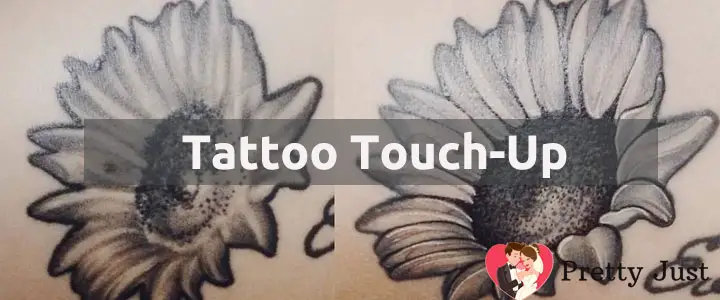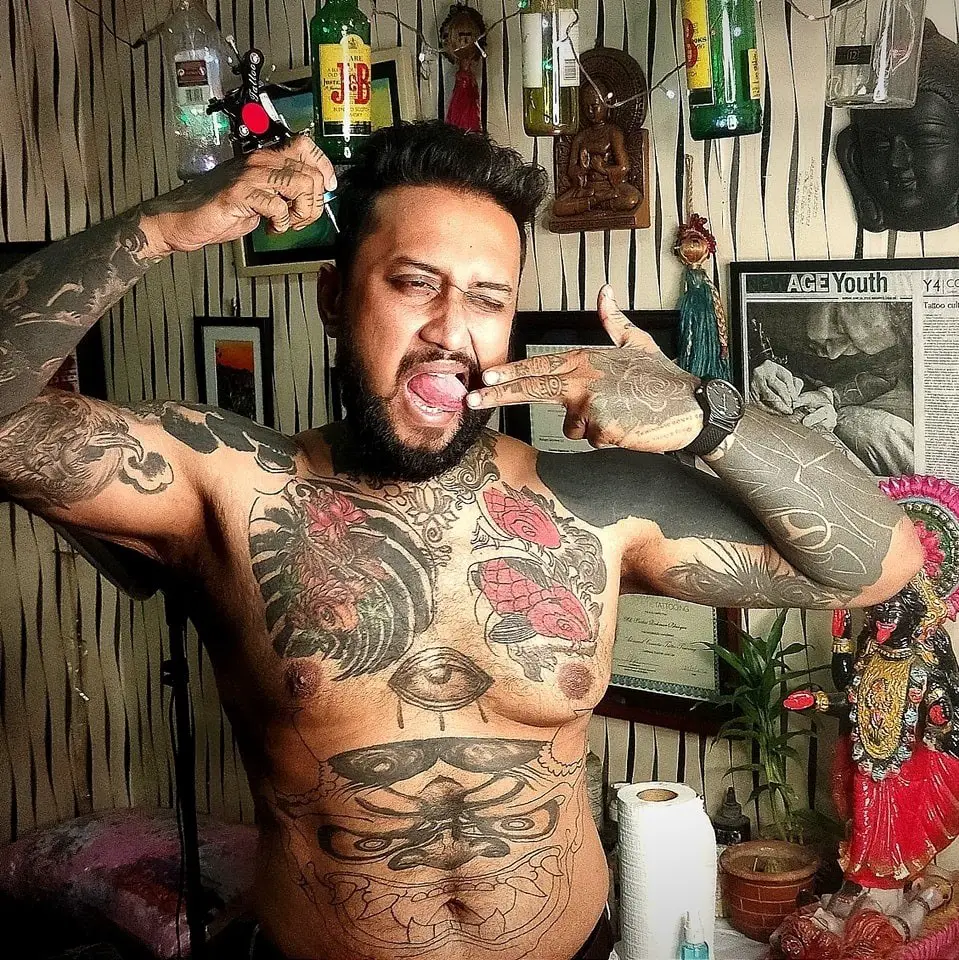Is your tattoo looking dull and old? Read the below to know more about tattoo touch ups.
A tattoo has to be bright, vibrant, and well-defined to be considered as good-looking. If it looks sloppy, feathered out, and faded, it’s not necessarily very attractive. Unless, of course, your piece is meant to look that way, you might end up feeling like you got the short end of the stick.
It can happen, however, as lots of factors can affect the outcome of your ink. This is why you might want to know about tattoo touch-ups. These supplementary sessions can help perfect the look of your skin art or bring it back to life after a while. Get to know more about it below.
Defining Tattoo Touch-Ups

What exactly is a tattoo touch up and why should you know about it? As its name suggests, a tattoo touch up is the process of touching up your tattoo. It’s practically re-working some of the details of the piece, allowing the tattoo artist to define line work, pack more color, even out shading, and maybe add some flourishes to further enhance the look of the tattoo.
Touch-ups are pretty common because tattooing isn’t necessarily the most precise kind of art. With a canvas like the skin, conditions change as you progress into the creation of the design. This is why it’s not impossible to have some slip-ups.
The skin’s healing process can also determine the necessity for a touch-up. Not everyone heals the same way. So even if a tattooist did their best on a client, he can’t expect the exact same results as he once got from a different person.
Not every tattoo needs a touch-up, however. Many tattoo artists guarantee their clients that their works are foolproof and that they don’t need to come back for one.
It’s also important to note that touch-ups and fix-ups are two different things. Fix-ups are required when a piece is so disappointing and didn’t really give you the results you want. They might necessitate an overhaul or a major touch-up in such cases.
Touch-ups, on the other hand, are quite minor. They don’t need to transform the overall look of the piece.
Types of Tattoo Touch-Ups that You Can Get
There are usually two kinds of tattoo touch-ups that you can opt for. One is the initial touch-up wherein your tattoo artist will perfect the look of your tattoo design. It’s recommended to do this once your tattoo is already completely healed so you can already spot the imperfections that you want to be tweaked, fixed, or improved upon.
The waiting time for this depends greatly on the size and complexity of the tattoo. Some can be touched up on the fifth month while others need to wait longer. It’s best to see your tattoo artist for their opinion on the matter.
The other kind is for maintaining the vibrant look of your tattoo. Over the years, your tattoo can fade and look dull due to various reasons. Sun exposure is at the top of this list as it can damage the skin which can then affect the appearance of your ink.
How to Know If You Need a Tattoo Touch Up
Since tattoo touch-ups extend the life expectancy of a piece of skin art, many are interested in giving them a go. If you didn’t really bat an eye on the initial tattoo session, a touch up shouldn’t be worrisome for you.
However, how do you know if your tattoo needs one? Here are a few things to consider:
- If your tattoo is located on a body part that moves constantly. The frequent stretching of the skin in those areas will have an effect on the ink and overall look of the tattoo, so touch-ups will be necessary.
- If your tattoo is in an area that gets a lot of sun exposure. As mentioned above, sun exposure damages the skin which can then have an effect on your tattoo. It can certainly cause the piece to look dull and faded over time.
- If your tattoo has intricate details that you want to keep noticeable. Small and subtle details can be the first ones to go when a tattoo starts to fade. So if you want your skin art to have your desired visual impact, you should have it touched up frequently.
What to Do to Get an Effective Touch-Up
If you want to get the best results, turn to a reputable tattoo artist. You don’t really have to go back to the original artist that made your piece if you’re not happy with what they created. Go to a reputable one for touch-ups, however, so you can be better guaranteed of satisfactory results.
FAQs on Tattoo Touch-UP
To help you fully understand tattoo touch-ups, we also answered some of the most frequently asked questions about it. Check them out below.
Do Tattoo Touchups Hurt More?
There are mixed answers to this question. Some say yes, others don’t think so. Experts believe that this might have something to do with the changes in a person’s pain tolerance. There’s no scientific scale to it, so we can’t definitively answer this query.
How Much Does It Cost To Get A Small Tattoo Touched Up?
It depends. Many tattoo artists will do touch-ups for free on the pieces they made as long as they deem that your aftercare measures were adequate and effective. They will know whether you followed their advice or not, so they get the last say on this matter.
If you want to go to another artist, then you should expect to pay. Just like with actual tattoos, the rates will vary depending on what they have to do to your piece.
How Often Should You Get A Tattoo Touch Up?
There are lots of various factors that can affect the frequency of the need to have a tattoo touch-up. The location of the tattoo, the skill of the artist, the quality of the ink, and the way your skin heals all play a part in determining when you’ll need one, so it really varies from person to person.
In any case, there’s a good chance that you can tell on your own whether your tat is due for a touch-up, so it shouldn’t be an issue. You can also just see a trusted tattoo artist if you can’t decide for yourself.
Conclusion
With so many benefits tattoo touch-ups can offer, there’s really no need to hesitate about getting them. Some tattoos really need to be revived from time to time, so if you want your skin art to look great all the time, this would be the perfect solution.
Recommended Resources:
1. Coconut Oil on Tattoo: Everything You Need to Know
2. Tattoo Bruising – Dealing with Bruising Around New Tattoo


